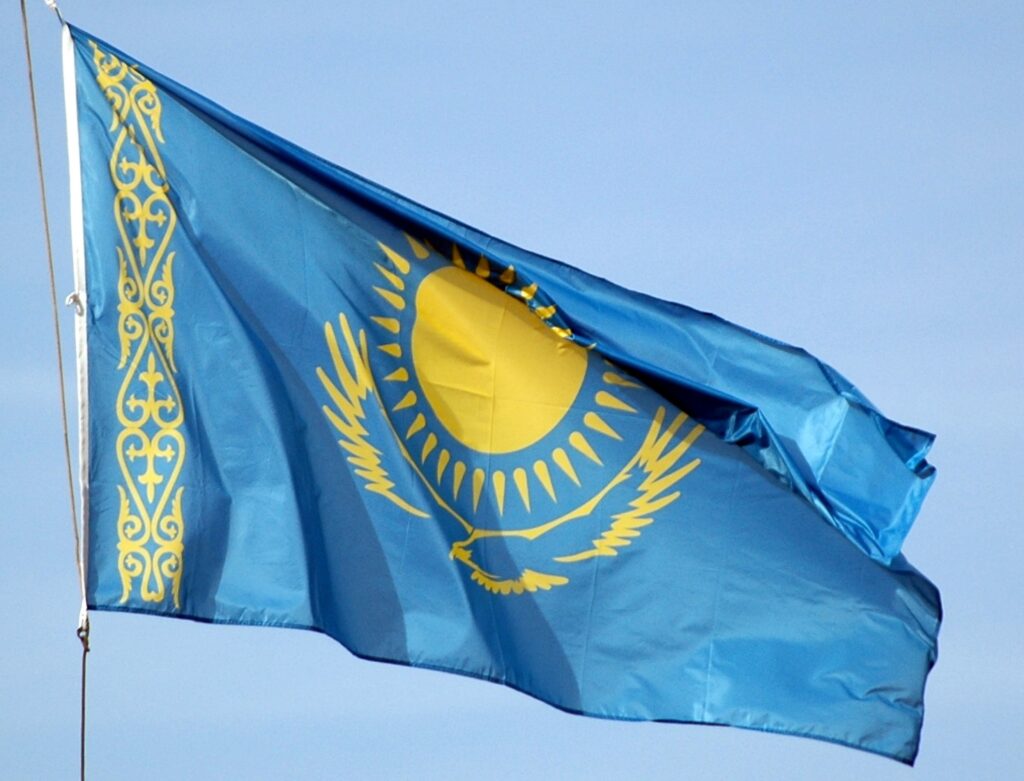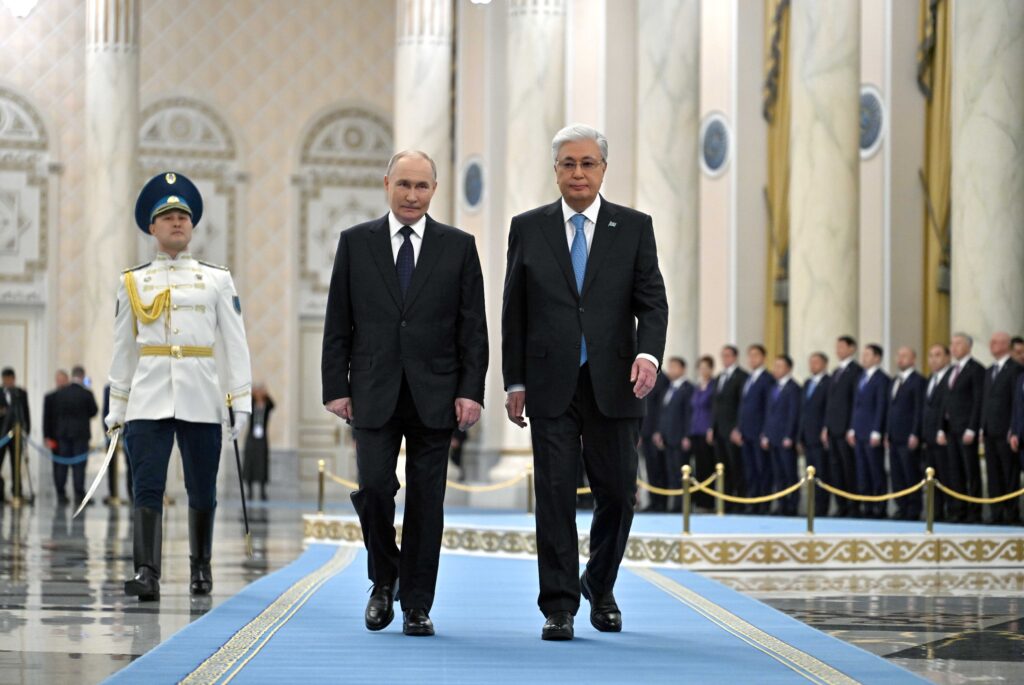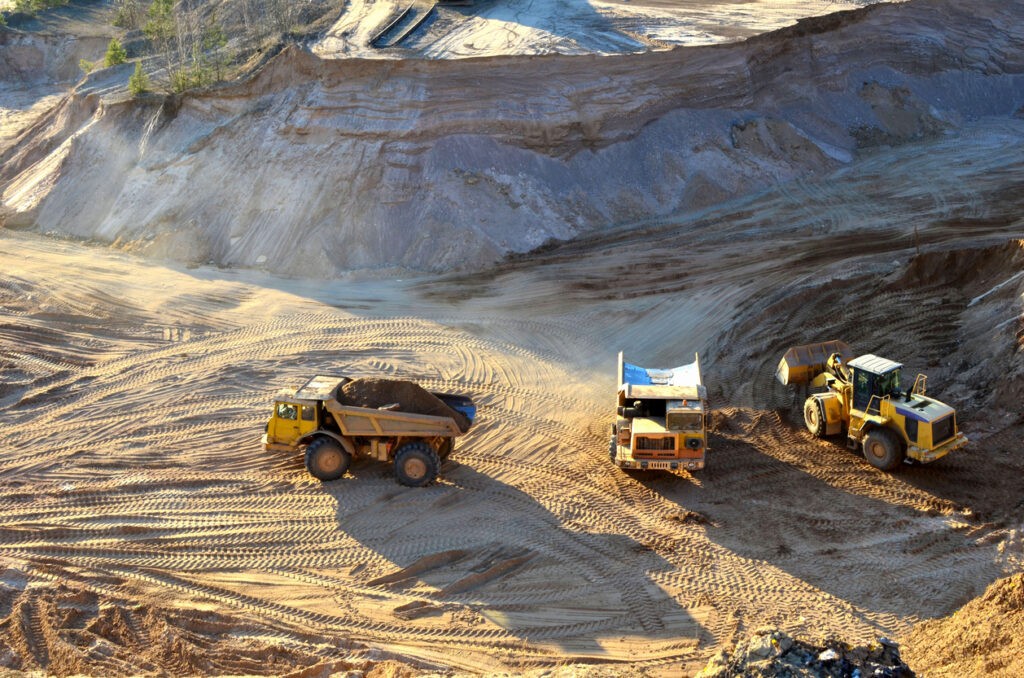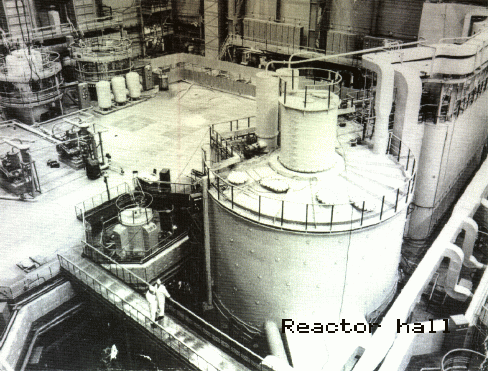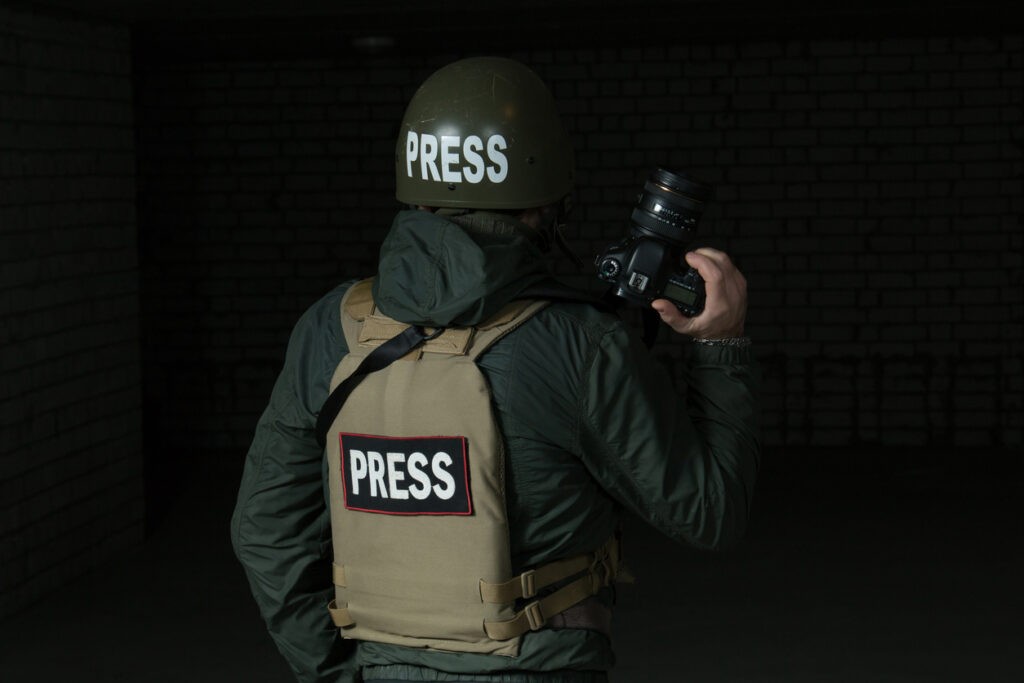Kazakhstan is facing a growing energy deficit while having large reserves of uranium which would allow the country to develop its nuclear power industry. However, so far, uranium mined in the country is used solely for export, and every year difficulties with supply chains only increase. All these problems can be solved in one elegant way, but this solution is what a part of the Kazakhstani public actively opposes.
Difficulties with production and supplies
Kazakhstan ranks second in the world in terms of proven reserves of natural uranium. About 14% of the world’s proven reserves are concentrated in the country’s subsoil. According to estimates, the country’s explored reserves contain more than 700,000 tons of uranium. In 2009, Kazakhstan became the world’s largest uranium producer and continues to maintain its leading position in the global market, producing approximately 40% of the world’s uranium.
In 2021, uranium production in Kazakhstan amounted to 21,800 tons, but by 2023 this had decreased to 21,112 tons. Moreover, due to difficulties related to the availability of sulfuric acid, the national company Kazatomprom reduced production plans for 2024. According to the initial plan, between 25,000 and 25,500 tons were to be produced; now, the plan is to produce 21,000 to 22,500 tons. Kazatomprom has also stated that if limited access to sulfuric acid continues through 2024 and the company fails to reduce the construction backlog at new sites, it could have a negative impact on production plans for 2025. Uranium mining in Kazakhstan is carried out solely by in-situ leaching, the most environmentally safe and lowest-cost method available.
The Russia-Ukraine conflict could not help but affect this area of Kazakhstan’s exports. This year, it became known that Kazakhstan is working on diversifying its uranium export routes, bypassing Russia. This is stated in the report on implementing the concept of development of Kazakhstan’s fuel and energy complex for 2023. As part of this, Kazatomprom is working on an agreement with the Chinese companies CNUS, CNEIC, and CNNC to provide uranium transit services through China. Kazakhstan currently transports uranium products to customers in North America and Europe through the port of St. Petersburg. An alternative way is to use the Trans-Caspian international transportation route, with shipments through the ports of Aktau (Kazakhstan), Alyat (Azerbaijan), and Poti (Georgia).
Nuclear deadlock
Obviously, some of the concerns of Kazakhstan’s leadership and Kazatomprom regarding the sale of uranium products could be alleviated by developing the country’s own nuclear industry, meaning that uranium mined in the country would feed its own nuclear power plants. Talks about the need to build nuclear plants in the country have regularly been raised since the beginning of the 2000s. Kazakhstani nuclear physicists and nuclear specialists, with the persistence of a Don Quixote have periodically rush to attack the windmills of Kazakhstani radio-phobia, which, however, did not arise without reason.
The Semipalatinsk Nuclear Test Site (SNTS) and the Chernobyl disaster are two significant elements of this phobia. In the early 1990s, when the SNTP was closed, the perestroika-era media published photos from the Kunstkammer of Kurchatov City in abundance. This included photos of congenital deformities and mutations of human embryos which were never destined to see the light of day and were indelibly embedded in the mass consciousness of Kazakhstan.
With Kazakhstan having endured the most contamination of all the former Soviet Republics, anything nuclear remains a contentious issue. Between 1949 and 1989, the authorities executed more than 750 nuclear tests in Kazakhstan, the bulk of these, including the USSR’s first successful atomic explosion – codenamed Joe-1 – taking place in the Semipalatinsk Polygon (proving ground) in the north-east of the country. By far the hardest hit area, Semipalatinsk saw 456 tests, which affected two million people across 300 square kilometers.
Moreover, in addition to those who perished, some of the liquidators from the Chernobyl tragedy are still alive, suffering from the effects of the radiation they were exposed to at that time.
Nevertheless, Kazakhstan’s nuclear physicists never abandoned their attempts to convince their compatriots of the need to build a nuclear power plant, and in 2019 the country’s new leader, Kassym-Jomart Tokayev, came to their aid – though he stated that the issue of NPP construction would be decided in a referendum. Then, however, the country was hit by a tsunami of catastrophic events: starting with explosions in military warehouses, they continued with the COVID-19 pandemic, followed by the events of “Bloody January” in 2022. Against this backdrop, Kazakhstan’s Ministry of Energy tried to disavow the words of the head of state about the referendum, intending to replace it with public discussions. Finally, however, Tokayev repeated his commitment to hold a national referendum.
This year, public hearings on the topic of nuclear power were held in all regions of the country, organized by the Civic Alliance of Kazakhstan, and lectures on the topic of NPP safety were given by recognized experts in this field. The main speakers were Erlan Batyrbekov, head of the National Nuclear Center, and Timur Zhantikin, longtime head of the Atomic Energy Committee, who tried to dispel numerous concerns about the risks of nuclear power.
Almost everywhere, meetings with regional residents went smoothly. However, in Almaty an ugly quarrel erupted, with manhandling, interrupting of speakers, and opponents of the NPP trying to seize the microphone. Even though among these opponents was Mels Yeleusizov, who in the distant past was the country’s main environmental and public activist – who specialized in the problems of Sorbulak wastewater, not nuclear power – their arguments were unconvincing, and further protests largely failed to materialize.
The well-known Kazakhstani political scientist, Daniyar Ashimbayev noted on his Telegram channel that opponents of NPP construction fall into several categories. “The first is lobbyists of various foreign projects who want to drown the most obvious option of Rosatom,” Ashimbayev wrote. “The second are lobbyists for numerous renewable energy sources, which get good contracts from the budget and quasi-state, but [would] lose out to the atomic workers. The third group is environmentalists; they are not professionals, but rather emotional citizens. The fourth is landfill workers who utilize an anti-nuclear agenda based on the experience of the Semipalatinsk test site. However, these are quite different things (and the situation with the test site, it should be noted, is far from unambiguous).”
The political scientist stressed that Kazakhstan has not only the raw material base, but also urgently needs to modernize its energy system. “The growing shortage of electricity in Kazakhstan is evident… Returning to the resource base, we note the long and successful experience of operating two reactors – at MAEK and INPP. Moreover, the Almaty reactor underwent modernization of safety systems and seismic reinforcement after Chernobyl and the Spitak Earthquake. The research reactors at Kurchatov have utilized numerous technological innovations in partnership with the Russians, Japanese, and Americans. For Kazakhstan, nuclear power is not something new and unfamiliar. It is a working sector that can and should benefit the national economy.”
Considering that Uzbekistan is determined to build a nuclear power plant in the Jizzakh Oblast bordering Kazakhstan, the actions of Kazakhstan’s nuclear oppositionists are literally pushing the republic towards energy dependence on its neighbor. The southern regions of Kazakhstan experienced the consequences of such reliance in the 1990s, when Uzbekistan stopped supplying gas to the country without warning. At that time, delegations from Kazakhstan traveled to visit Islam Karimov, Uzbekistan’s first president, almost weekly to kowtow to him in an attempt to get the gas volumes the country needed.
Given its neighbors project, even if Kazakhstan were to refuse to build nuclear power plants, following the lead of various lobbyists, the threat of a nuclear accident and its consequences would not evaporate. Tashkent, however, would be left in an ascending position of power.


